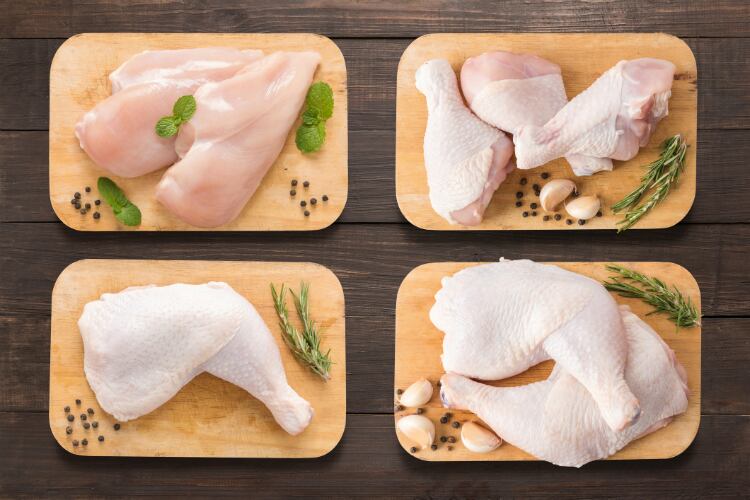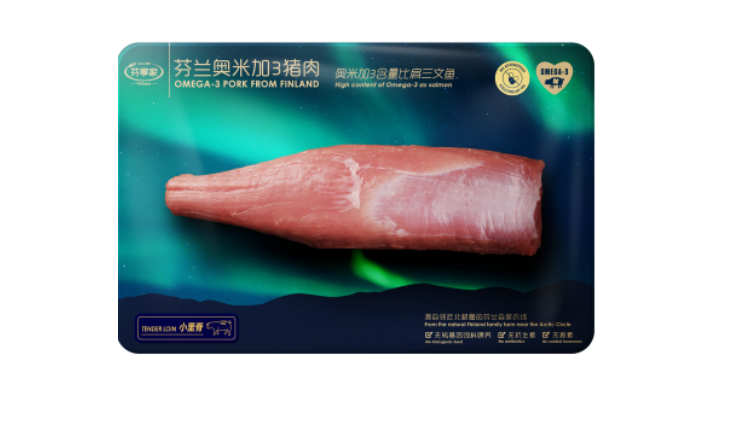It will supply its Omega-3 pork range to the retailer, making HKScan the first Finnish meat company to gain listings with Hema.
Jukka Nikkinen, head of HKScan exports, explained why this was such a coup for the business. “[The] Hema chain stands out in the Chinese market with high-quality and exceptional products,” he said. “This chain is very hard to get into; only a couple of Finnish products have been accepted to the chain. The pure taste, healthier fat composition, plus the arctic twist of our products convinced Hema and they made a quick decision to include our products in their selection.”
Nikkinen said this listing might set a precedent for growth in Finnish products.
“This is, of course, a significant step to HKScan, but getting into this very exclusive Hema-league also paves the way for other clean and safe Finnish products. Hema’s unique online store facilitates our branding efficiently and we get to tap into the right consumer segment.”
He added that HKScan would continue to target growth in the Chinese market. “We are growing the distribution inside Hema chain in Shanghai and nearby areas. After that, our target is to expand to other premium food stores, both online and offline. In addition to the Shanghai area, we are looking to expand to other tier-1 cities.”
The business has a target to export 6,000 tonnes of pork meat a year to the Chinese market by 2020.
Hema stores are part of Alibaba’s new retail strategy, which integrates online and offline shopping. Alibaba introduced its semi-automatic, state-of-the-art concept store chain in 2017 and there are around 100 Hema supermarkets across China.
HKScan’s Omega-3 pork, or Rypsiporsas as it is known in Finland, is fed on domestic grain and rapeseed, grown exclusively on local farms in Finland and Sweden. All protein sources in the animal feed – rapeseed, peas and broad beans – are also 100% domestically grown and no soy meal is required as an additional protein source. The piglets’ diet is carefully monitored, as is the composition of their feed, their consumption, and their growth rates.




